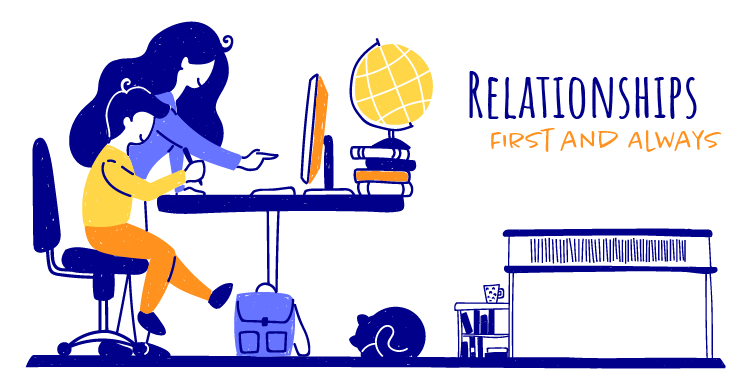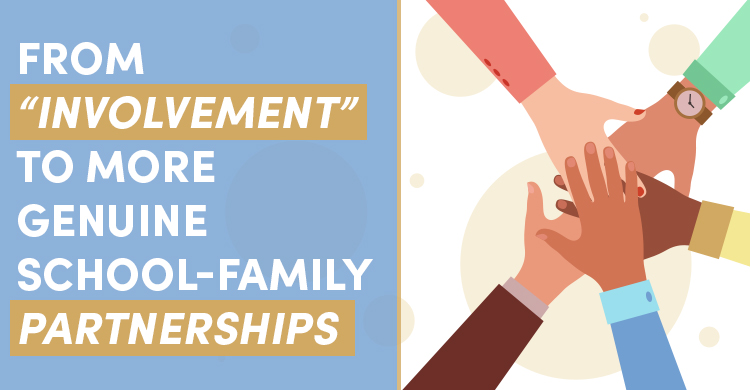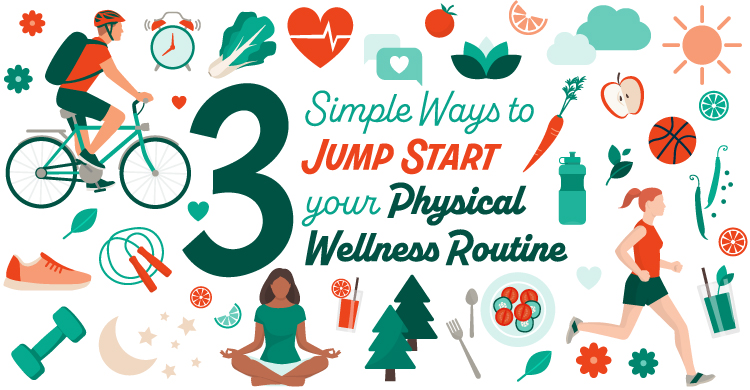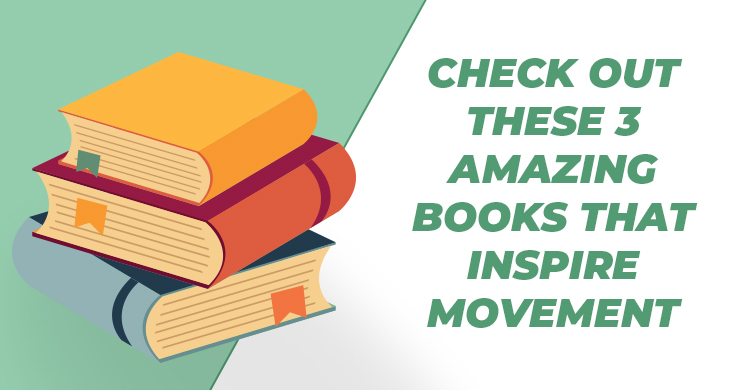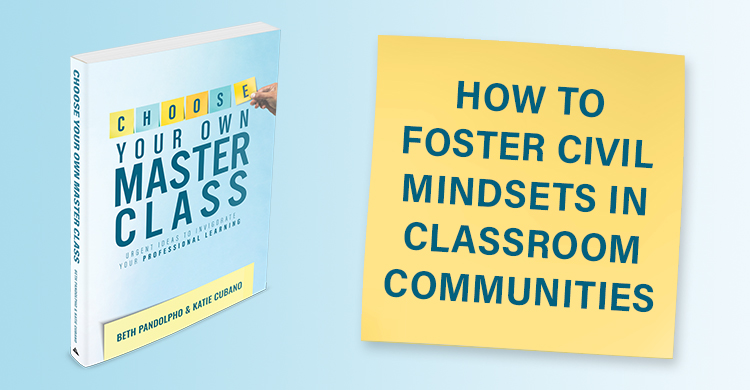In the spring of 2020, I published my very first book, I’m Listening: How Teacher-Student Relationships Improve Reading, Writing, Speaking, and Listening in which I poured everything I knew about teaching and learning.
And Then, The Pandemic
Suddenly, everything I wrote in this book seemed wholly inadequate for the emerging challenge of teaching during a pandemic. The pile of my newly printed books remained untouched, as instead teachers (including me) searched for books and articles that promised best practices and solutions for virtual learning. As an instructional coach for grades 6-12, I immersed myself in tutorials for digital tools that held the promise of perhaps an easier yet still productive school year for our students and teachers.
In the 2020-2021 school year, the focus of my job quickly shifted from a supportive colleague to a 24/7 helpline and wellness coach. I felt perpetually under-prepared because I lacked so many of the answers teachers so urgently needed: How do I attend sufficiently to both virtual students, and the students in my classroom? How do I get to know my students when they don’t have their cameras on? How do I adapt my curriculum to a virtual setting, and what do I prioritize? What’s the most effective way to give feedback, fairly assess students’ progress, and how do we make all these decisions so quickly? Our teachers were juggling an unimaginable burden, and no matter how hard I worked or how exhausted I was, my contribution never felt sufficient.
Under the weight of our collective burden, both personal and professional, together, we soldiered on, blinded by the haze of where our work ended, and our home life began. Sadly, as we crawled towards the end of the school year, the result of our hard work was that many students, even those who were previously high achievers, were failing many of their classes. Students were overburdened by the isolation and disconnection, an alarming number of students were either in in-patient psychiatric facilities or on a waiting list, and it seemed that self-harm amongst teenagers was becoming more common than self-care (Gandhi and Noble).
For our most vulnerable students, teachers scheduled meetings during their lunch hours, partnered with parents, and modified and even exempted them from assignments; yet given the great number of students who required individual attention, there just weren’t enough hours in a teacher’s day to provide this level of support to all the students who needed it.
Individual Attention
As the prospect of so many students failing courses for the year increasingly weighed on my colleagues, it felt like the best way I could support everyone was to shift the use of my time to working directly with some of their students. Thus, I found myself spending the last month of school working with three students, each of whom was failing multiple courses, the reality of which multiplied their personal struggles.
Unfortunately, in my earnestness, I underestimated the difficulty and time required to complete multiple high school assignments across disciplines that were well beyond my area of expertise. Among other assignments, I had signed on to work on a research paper about America’s involvement in World War II, compose a scene study on Macbeth, identify a corpse from a crime scene in forensics, craft a protest speech advocating for change, and write a short reflective piece on a book I hadn’t read in over a decade.
To combat the enormity of the task ahead, teachers generously provided priority lists with corresponding assignments and due dates, and I decided to address one item at a time based upon each student’s motivation level and participation. I spent my weekends brushing up on Shakespeare, identifying key details about the Lend-Lease Act, and reviewing requirements and rubrics, to make the best use of our limited time together.
Each meeting began with awkward introductions, exaggerated enthusiasm on my part, and very tentative participation by the student. I “met” the first two students over Zoom, but never saw their faces as their cameras were off. These one-on-one meetings initially felt like I was play-acting in a mirror because the only face I could see on the screen was my own. I strove to maintain my enthusiasm and exude kindness as I awkwardly watched myself do so. And when the black box failed to blink in response, I would earnestly ask, “Are you with me?”
And yet, once we began to work together, our conversation about social advocacy evolved into a discussion about dehumanization as a precursor to cruelty. A scene from Macbeth that we performed aloud together, led to the confession that this black square fancied himself an actor. As our sessions progressed, each student arrived promptly, answered my reminder chat messages promptly, and sometimes even inserted smiley face emojis.
Initially, this level of engagement was surprising to me as the assignments were rigorous, and our work together was intense. With one student, we did a line-by-line analysis of Macbeth, inserting actor’s notes detailing tone of voice and gestures as we explained how these creative decisions connected to one of the themes of the play. With the other student, we read aloud research articles about the U.S.’ involvement in World War II, learned about how citizens made personal sacrifices to support the war effort and discussed what our responsibilities are as citizens and to each other, particularly during this pandemic.
Success and Growth
As the assignments began to get submitted, with each success, teachers cheered, and guidance counselors rallied in support. We continually reminded students what we were noticing about their changes in behavior, what that said about them as students and people, and together we watched the progress continue.
During the last week of school, I was scheduled to meet with one last student. He was a previously high achiever and was understandably hesitant about how working virtually with a teacher he had never met before during the last week of school could possibly make a difference. But he was just two assignments short of passing language arts, and his guidance counselor begged him to meet with me at least once.
At 7:45 on the Monday morning of the last week of school, I was doubtful that he would attend. And yet, when I logged onto Zoom, he was already in the waiting room. When his black square appeared on my screen, I hurriedly began to introduce myself, and he interrupted me with an “Oh, I’m sorry. Let me turn my camera on.” After weeks of staring at my own face, it was surprising and energizing to finally have someone to look at and talk to.
Since I was aware of his initial hesitation, I fumbled in my attempts to express my appreciation for his participation, so to try to relieve the awkwardness, I moved immediately towards the assignments at hand. Our first task was to identify and analyze parallel moments in a book of his choice that illustrated its theme. When I asked him what book he would like to focus on, he responded that he wasn’t exactly sure; he mentioned that he’s an avid reader with many books to choose from.
As soon as he uttered these words, a wave of shame washed over him, and he followed with “I guess that sounds stupid since I’m failing all of my classes.” Since it made perfect sense to me, I quickly told him so. “It’s not stupid at all,” I responded. “You are surviving a pandemic. These grades are not a measure of your ability or worth. Believe me, we are all managing the best we can.”
With that, we each shared a little bit about how the events of the past year affected us, and then we poured some of our mutual experience into his book selection, The Alchemist, by Paulo Coelho. Together, we discussed its theme as well as what moments in the text might be illustrative of the theme. We discussed Santiago’s personal legend, his search for his treasure, and all the people he met along his journey. We kept returning to the quotation, “It is the possibility of having a dream come true that makes life interesting.” We spoke about his dreams for the future, along with his present and very real struggles.
Over the course of three days, he completed and submitted both of his assignments, and on our last day together, he said to me, “This has been one of the highlights of my year.” I agreed. It was one of the highlights of my year as well.
The Power of Relationships
When I think about my time working with these students and what we shared about our dreams, aspirations, and personal legends, I realized that it was precisely these conversations that energized us to persevere. And yet, did these students pass all their classes? Of course not. But were we each changed for the better for working together? We certainly were.
This school year, I look forward to seeing this student actor in the high school drama and meeting in person the student with whom I discussed The Alchemist.
And the more I think about our collective work with these students, I’m realizing that the understandings I compiled in my book just over a year ago are still as true as ever: Strong teacher-student relationships are the foundation for learning, whether we are in a classroom together, on a screen, or can’t see each other at all. As Mark Brackett, Director of the Yale Center for Emotional Intelligence writes, “Our emotional state is one of the most important aspects of our lives. It rules everything else.” (p. 13)
I’m dusting off the copy of my book with a renewed understanding that these are precisely the kinds of ideas and strategies that positively impact learning: forge relationships with students, listen and learn from them, and accept and celebrate them for who they are. We can do this; we are teachers. And our students are counting on us.
Brackett, Marc. (2019) Permission to Feel: Unlocking the Power of Emotions to Help Our Kids Ourselves, and Our Society Thrive. New York: Celadon Books
Gandhi, Monica and Nobel, Jeanne. “The Pandemic’s Toll on Teen Mental Health.” The Wall Street Journal Accessed at https://www.wsj.com/articles/the-pandemics-toll-on-teen-mental-health-11623344542 on July 25, 2021.


